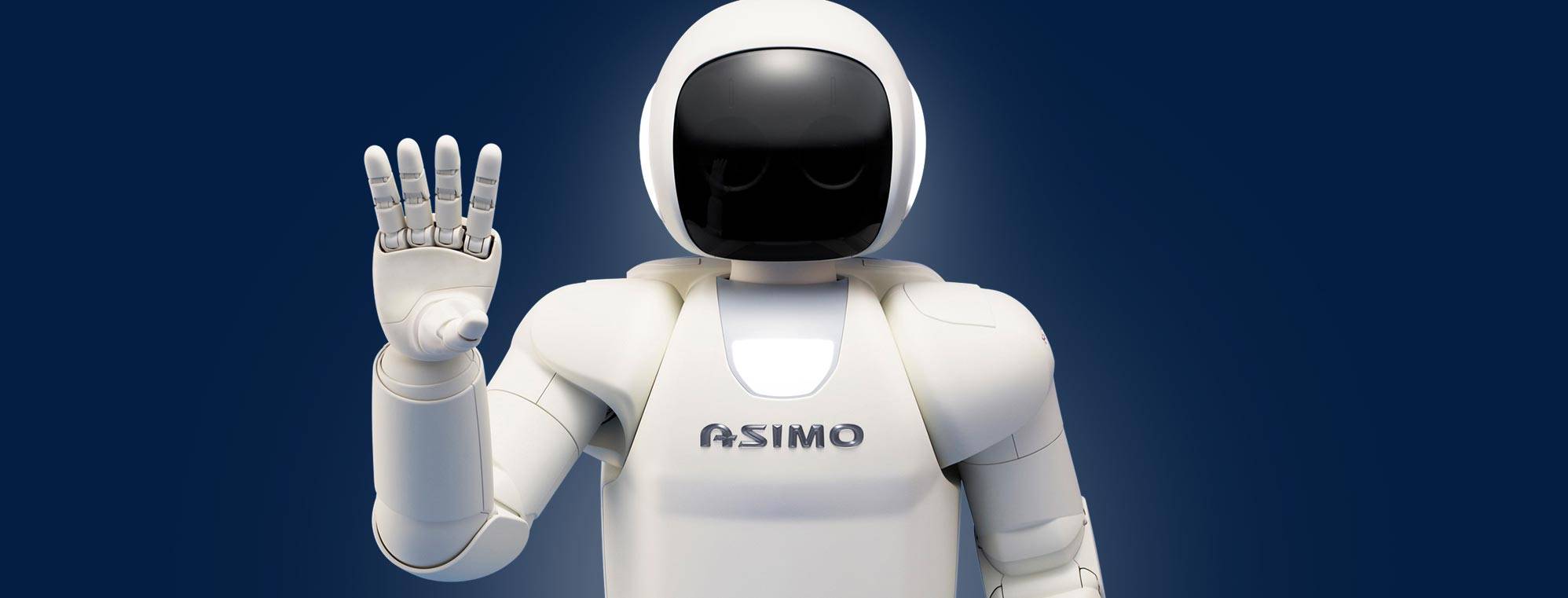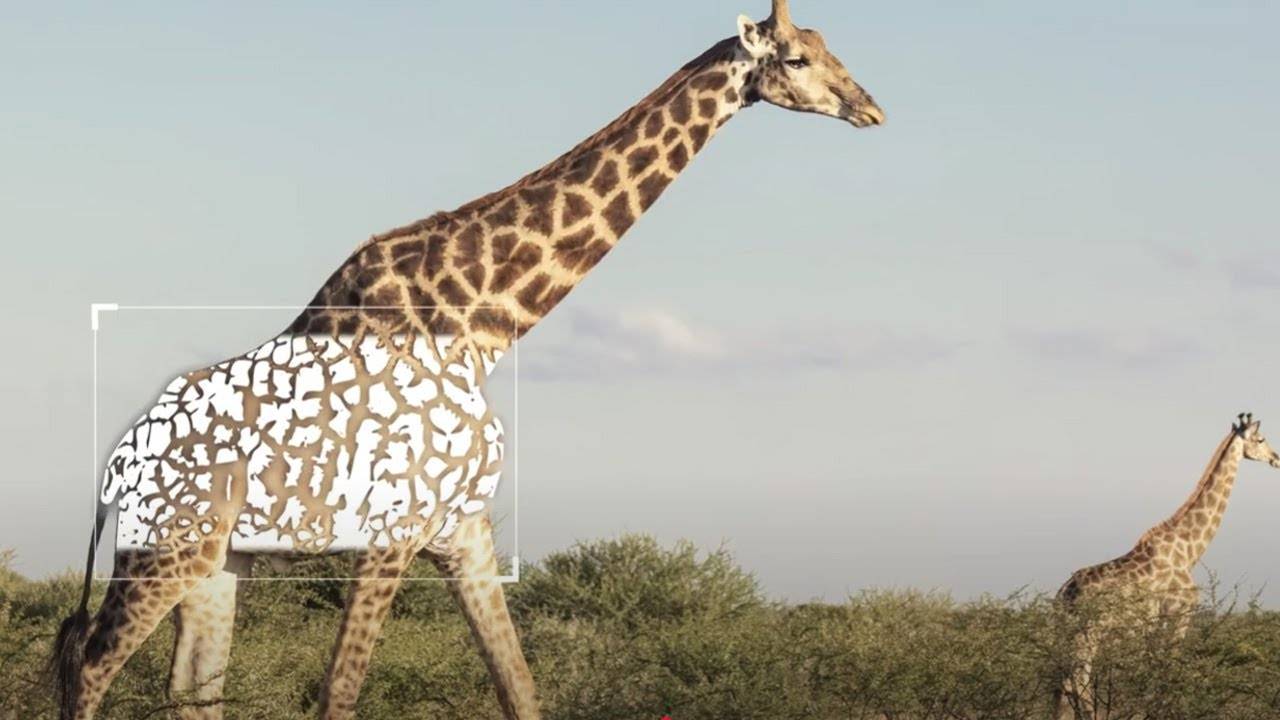What are generative AI hallucinations?
Generative artificial intelligence has revolutionised the world of technology with its ability to create text, images and other types of content autonomously. However, this advancement has also brought with it challenges, including a phenomenon known as "hallucinations". But what exactly are these hallucinations in generative AI?
What are hallucinations?
Hallucinations in generative artificial intelligence occur when an AI model produces content that is incorrect, misleading or has no basis in real data. These can manifest themselves in various forms, such as fabricated information, false quotes or distorted images. Essentially, it is when AI "sees" or "believes" things that do not actually exist, generating responses that may seem coherent, but have no basis in fact.
What causes hallucinations in generative AI?
There are several reasons why an AI may experience hallucinations. Some of the main causes include:
Limitations in training data.
Generative AIs, such as ChatGPT or DALL-E, learn from large volumes of data extracted from the internet. If this data is incomplete, incorrect or biased, the model may generate erroneous information.
Probability and text generation
These AIs do not "think" in the human sense of the word; instead, they predict the next word or pixel based on probabilistic patterns. This sometimes results in answers that "sound" correct, but are not based on actual facts.
Lack of source verification
Generative AI models do not have direct access to verified sources in real time. When they generate content, they do not cross-check information with reliable sources, which can lead to the creation of false or inaccurate information.
Overfitting and model bias
If a model has been trained with overly homogeneous data or with a particular bias, it may generate responses that reinforce those biases rather than providing objective and balanced information.
Examples of hallucinations in generative AI
Hallucinations in generative AI can come in many different forms:
- Fake quotes or references: A language model might generate a quote from a book or scientific study that does not actually exist.
- Fictitious events: A chatbot might respond with information about a historical event that never happened.
- Distorted images: Image generators can produce visual representations with errors or inconsistent elements, such as hands with six fingers or illegible text.
- Incorrect translations: Machine translation systems may invent meaningless sentences when trying to translate complex or unusual expressions.
Impact and risks of hallucinations in AI
AI hallucinations can have significant consequences in a number of fields:
In journalism and information: If a text generator produces fake news or inaccurate information, it could contribute to mass misinformation.
In medicine: AI used for diagnostics could generate misinterpretations of symptoms, putting patients' health at risk.
In the legal field: Generative models could produce incorrect legal documents, which could have serious judicial repercussions.
In education: Students could be misinformed if they blindly rely on AI models for academic research.
5 Strategies to mitigate AI hallucinations
While hallucinations in generative AI are a complex problem, there are several strategies that can help reduce their incidence:
Improve the quality of training data: Using more accurate, up-to-date and verified data can reduce the likelihood of errors.
Incorporate fact-checking systems: add models that check their answers against reliable databases.
Adjust models with human reinforcement: Human feedback training can help identify and correct errors in AI models.
Implement warnings about content reliability: Platforms that use generative AI can include warnings to make users aware that answers may not be 100% accurate.
Improve the interpretability of models: Developing AI that explains how it arrived at a given answer could help detect errors before relying on its content.
Hallucinations in generative AI represent a major challenge in the development and application of these models. While the technology has come a long way in content generation, it is still crucial to improve the accuracy and reliability of these tools. As artificial intelligence continues to evolve, efforts in fact-checking, model tuning and improving data quality are expected to help minimise this problem. Until then, human oversight remains critical to ensure the responsible use of generative AI.
UDIT's Bachelor's Degree in Data Science and Artificial Intelligence
If you want to become a professional capable of optimising and improving generative AI systems, UDIT's Bachelor's Degree in Data Science and AI is your best option.
In this 4-year degree you will learn techniques and methodologies to collect, transform, clean, process and analyse large amounts of data, which will feed AI systems. You will also gain knowledge about the design and implementation of AI algorithms, including their optimisation to build more efficient and accurate models.
You will master the programming languages, development environments and software tools most commonly used professionally today, which will allow you to enter the job market prepared. UDIT is an official certifying centre, so you will be able to access some of the most recognised official technology certifications worldwide, improving your CV and employability.
During the first year of your degree, you will acquire a solid foundation in programming, linear algebra and artificial intelligence, while understanding the legal environment surrounding this technology.
In the second year, you'll delve deeper into programming, data analysis and machine learning, applying your knowledge in project workshops.
In the third year, you will acquire extensive knowledge of ethical and security issues in the use of data, while delving into machine learning, distributed systems and generative AI. At the same time, you will get in touch with the industry by developing your internship in leading companies in the sector.
The final course will be the final step towards your insertion into the job market, learning about data visualisation and management, the business environment and natural language processing.
You will enjoy training with a high degree of experimentalism, with content that is constantly updated and aligned with the cutting edge, and which will allow you to work in multiple business sectors closely related to technology.
More information
Specialisation in Artificial Intelligence and Big Data: how to get started









